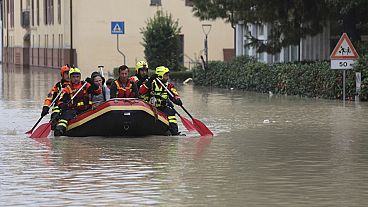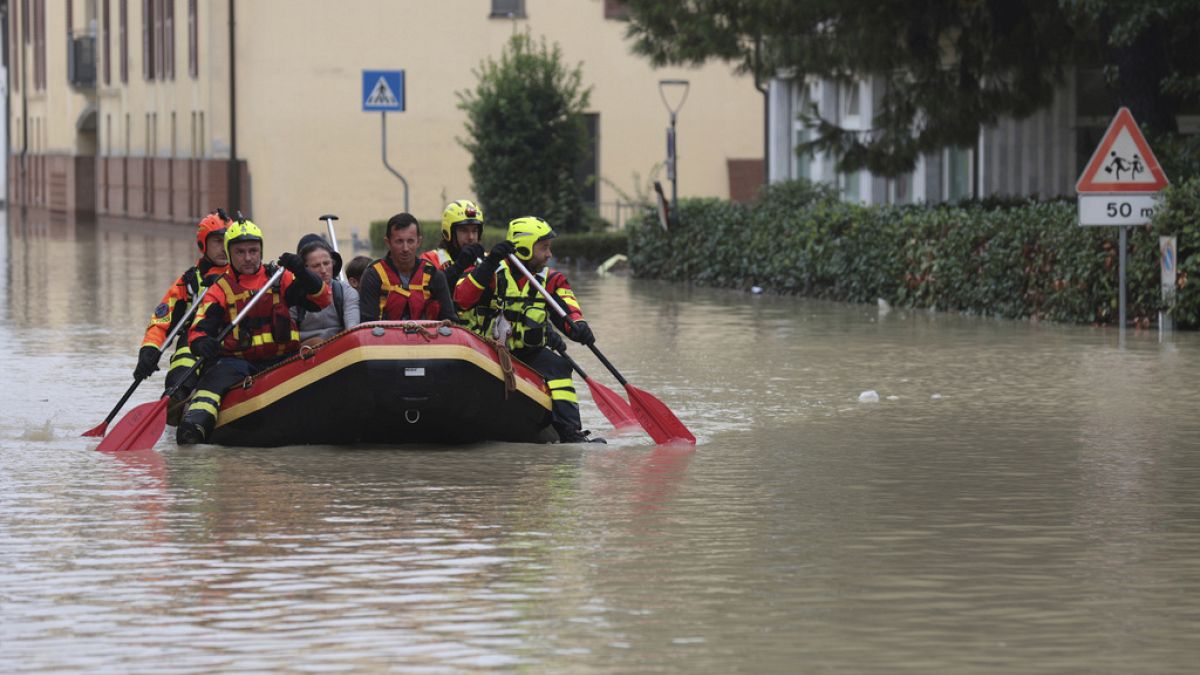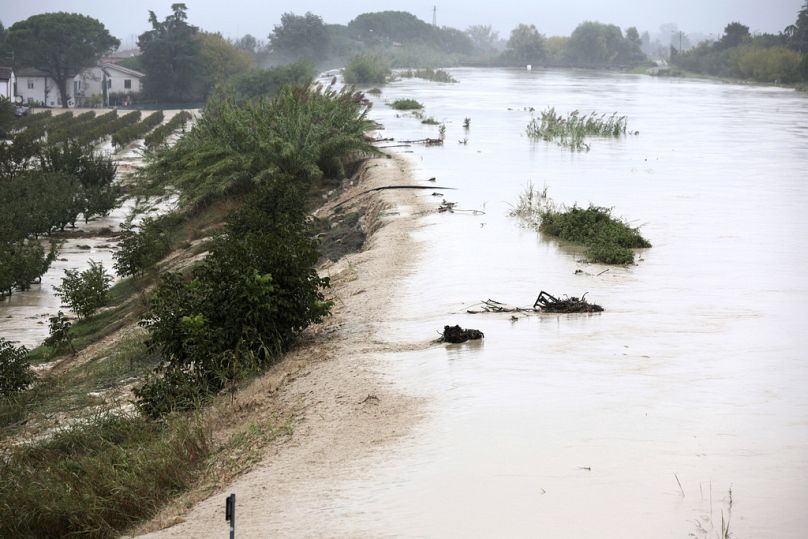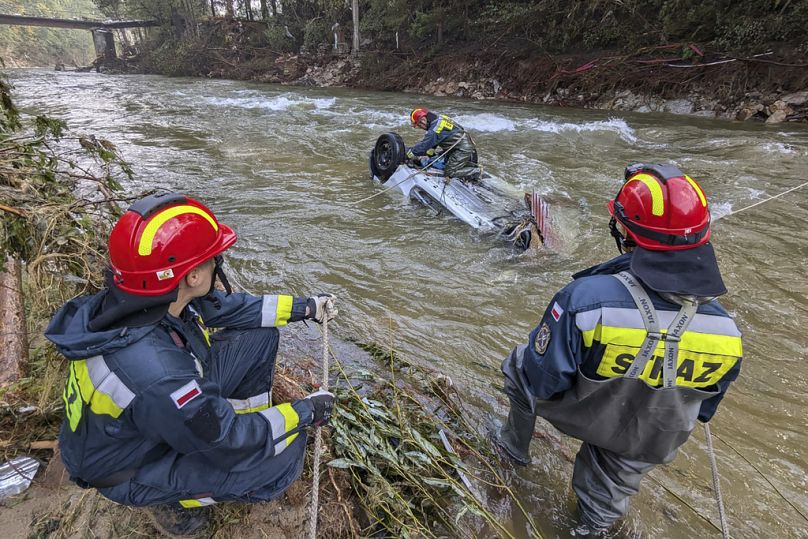At least a thousand people were evacuated as flooding hit northern Italian regions. The extreme weather has continued to affect other Central European countries as well, like Poland, Austria and the Czech Republic.
Flooding continues to ravage parts of Europe as Storm Boris presses on with its path of destruction.
Around a thousand people were evacuated in northern Italy on Thursday after torrential rains and severe flooding hit the region of Emilia-Romagna.
Rivers flooded in the provinces of Ravenna, Bologna and Faenza – with local officials urging people to stay on the upper storeys of their homes or leave them outright.
At least 800 residents of Ravenna and almost 200 from Bologna spent the night in shelters, schools and sports centres due to the flooding.
Schools were closed and trains were suspended as the extreme weather gripped the region. Residents were advised to avoid travel and work from home if possible.
In the Czech Republic, new areas were threatened as massive flooding continued moving across the area.
Czech Interior Minister Vit Rakusan said one more person was reported killed on Thursday in the country’s hard-hit northeast – bringing the death toll there to five.
In the north-eastern region, soldiers joined firefighters and other emergency services to help with clean-up and recovery efforts.
Helicopters distributed humanitarian aid while soldiers built temporary bridges in place of those swept away by flooding.
Around 400 people remained in evacuation centres in the regional capital of Ostrava, unable to return home.
Residents of the southwestern Polish town of Klodzko on Thursday began cleaning up damage done by the Nyza river that rose almost three times above its alarm level on Sunday.
Polish Prime Minister Donald Tusk visited the town on Wednesday has said that the situation in Klodzko was the most dramatic in the entire country.
The 6.65 meter flood level surpassed the previous high of a historic 1997 flooding.
So much was destroyed in the houses of residents in Lower Austria there is now huge amounts of garbage.
However, the large waste incineration plant in Dürnrohr is flooded and therefore at a standstill.
Flooding in Central Europe combined with deadly wildfires in Portugal are proof of a “climate breakdown” that will become the norm unless drastic action is taken, the EU’s head office said on Wednesday.














